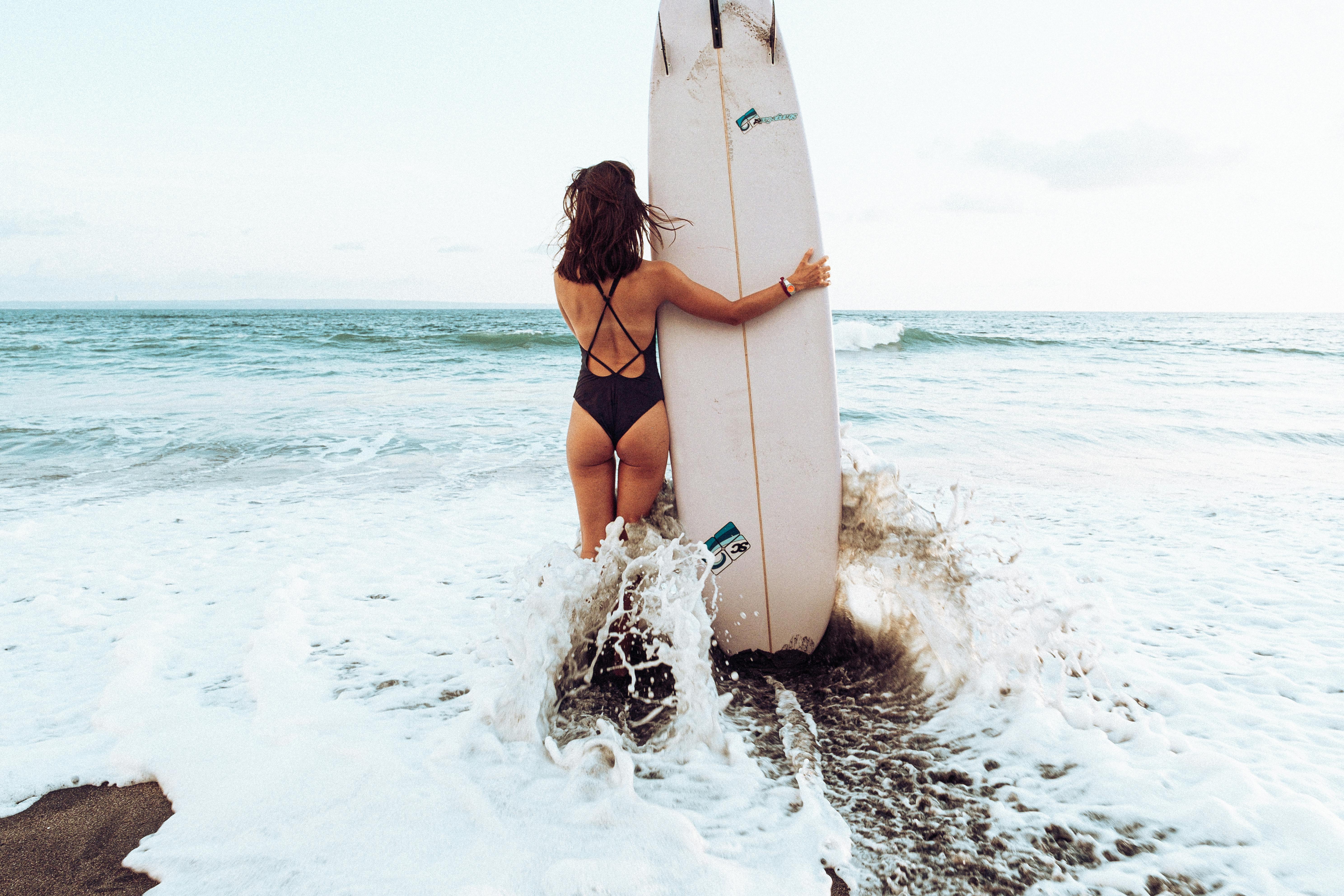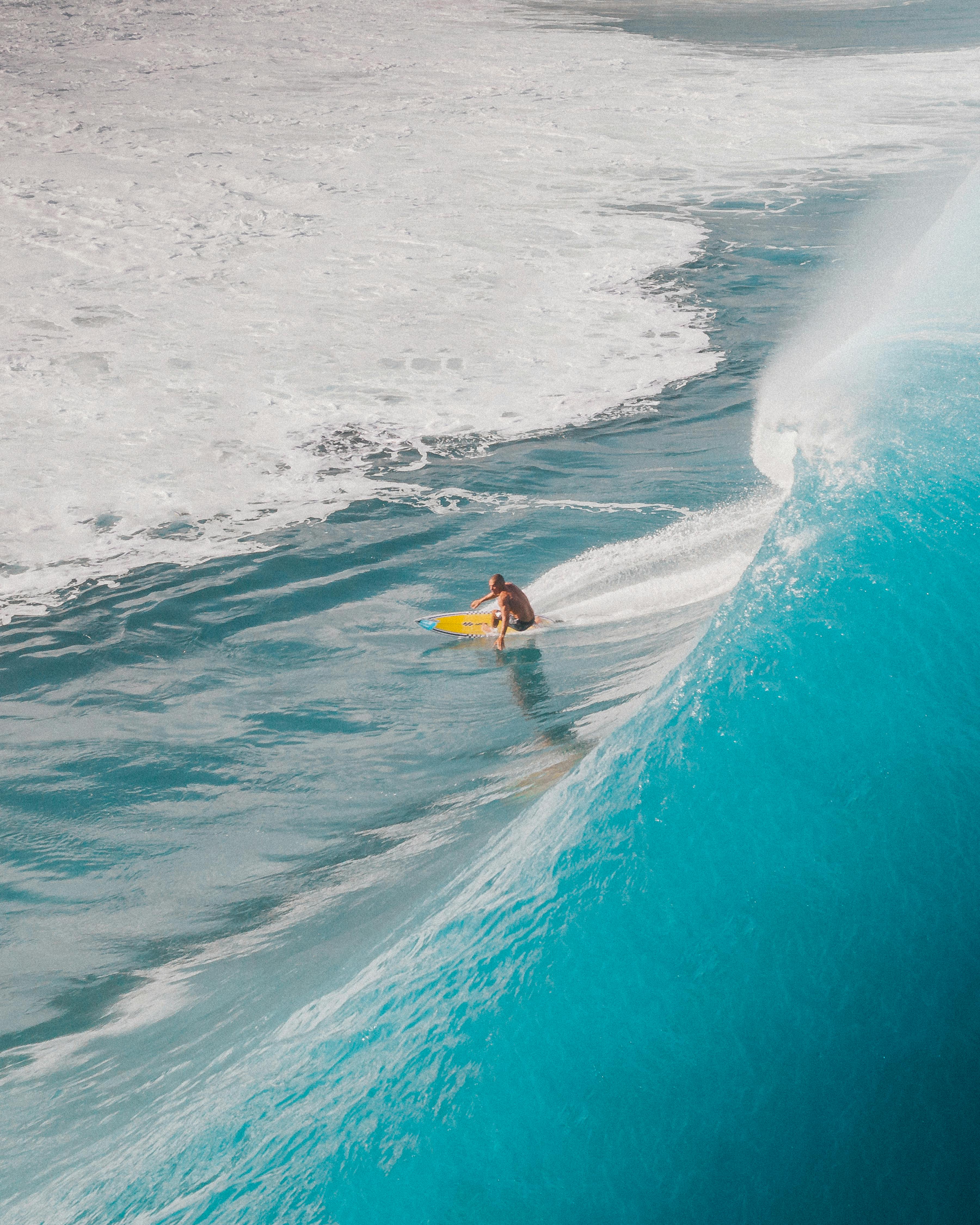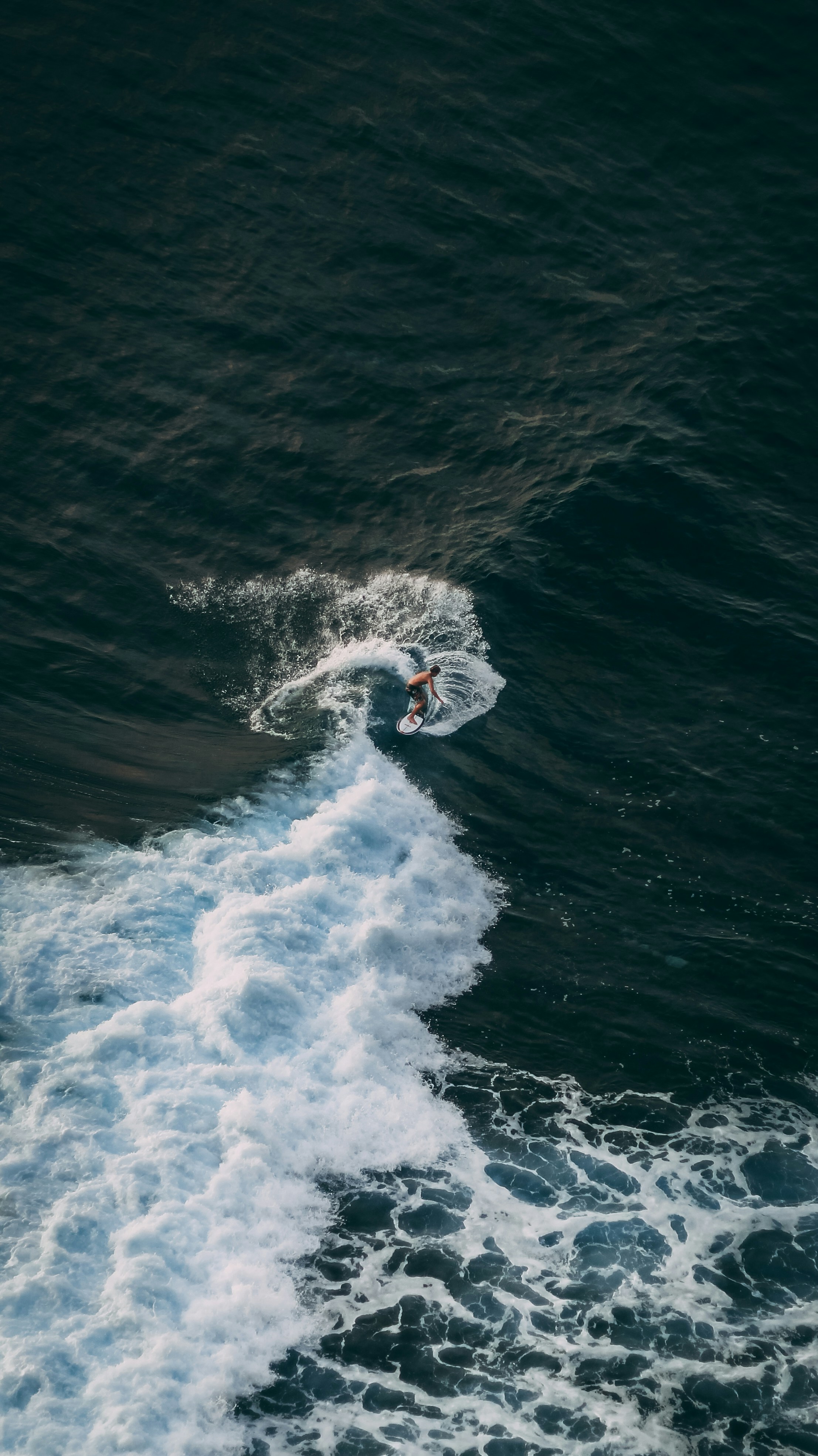Surf Etiquette for Beginners – How Not to Be That Surfer
Your first sessions in the water can feel intimidating. Waves, crowds, and the unknown all mix together – but the fastest way to make friends (and not enemies) is simple: respect surf etiquette.
Here’s what matters most.
1. Choose the Right Spot for Your Level
Don’t paddle out at a heavy reef break on your first day. Start with smaller, softer waves that let you practice without risking yourself or others. If you’re not sure where to go, ask a surf coach or experienced friend.
2. Priority Belongs to the Surfer Closest to the Peak
The surfer nearest the first breaking part of the wave has the right of way. If they’re going right, you don’t paddle in from the shoulder. If they miss the wave, it passes to the next surfer in position.
3. Don’t Drop In
Dropping in — taking off on a wave when someone else already has priority – is the biggest etiquette breach. If you realize you’ve done it, pull off quickly and let them continue. A quick “sorry” goes a long way.
4. No Snaking
Snaking is when someone sneaks closer to the peak after another surfer has been waiting. Even if you’re technically in position, you’ve cut the line. Respect the queue.
5. Paddle Smart
When paddling back out, don’t cross through the peak or into someone’s line. If a surfer’s coming at you, take the whitewater and duck dive or turtle roll instead of heading to the shoulder and ruining their ride.
6. Control Your Board
Never ditch your board. It’s dangerous for everyone around you. Learn to push through the whitewater or use a turtle roll/duck dive depending on your board type.
7. The Lineup Is a Queue
At point breaks and reefs, surfers wait their turn. Whoever’s been waiting longest at the peak is up next. At beach breaks with multiple peaks, each zone forms its own smaller lineup.
8. Communicate and Respect Locals
If you’re paddling for a wave, call out with a “yep!” to confirm. If you’re new to a spot, watch how locals handle things – every break has small variations in etiquette.
How TRAX Can Help You Progress Without the Stress
Many beginner mistakes come from poor positioning and hesitation. TRAX tracks your paddling, positioning, and wave count – helping you see where you’re improving and where you’re still getting in the way. With feedback that’s objective and clear, you can learn faster while staying respectful in the lineup.
Related Reading:
→ How to duck dive — Get under waves without losing ground
→ How to get comfortable falling — Stay safe and reduce wipeout fear
→ How to read waves better — Spot the power zones before anyone else








